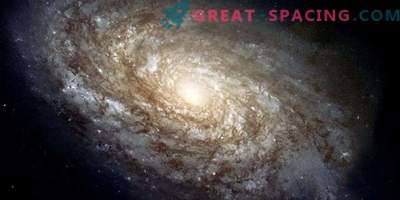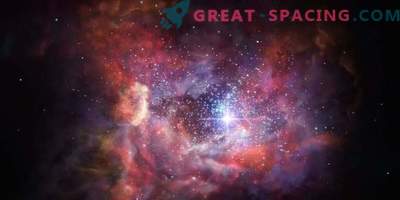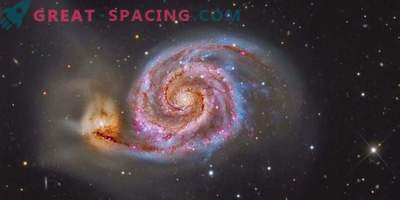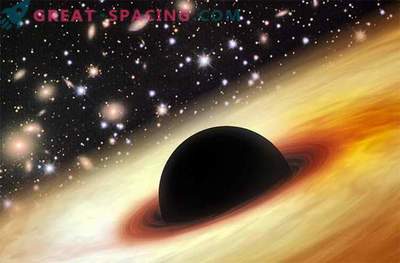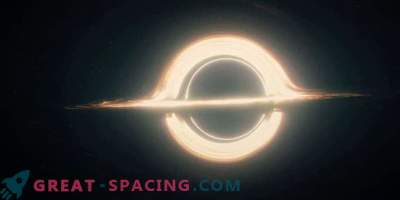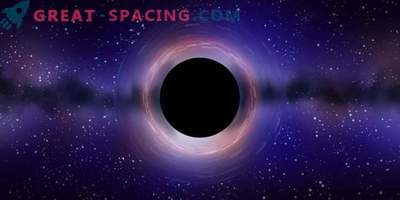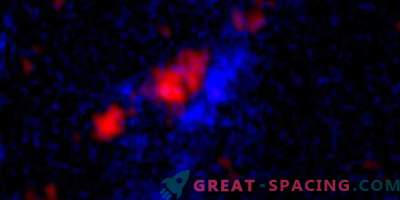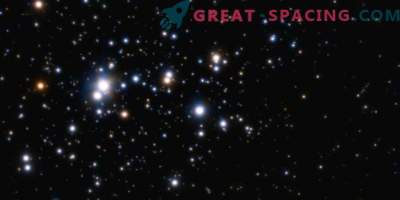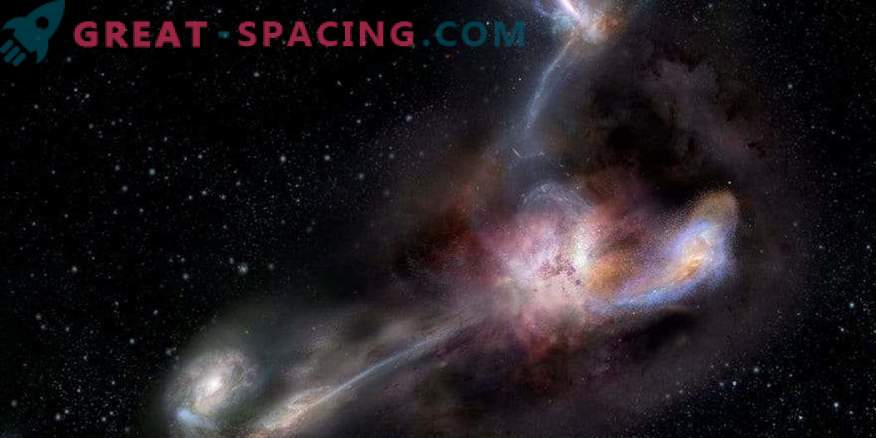
Artistic vision of a bright galaxy WISE J224607.57−052635.0 and three neighbors from which it selects material
Scientists managed to reveal the secret of the brightness of the galaxy, tracing its absorption of three smaller galaxies. This discovery will help explain how the big black holes responsible for such a bright show reach an incredibly huge size at the beginning of cosmic history.
It is believed that supermassive black holes, whose masses are millions and billions of times more solar, are hiding in the center of most (perhaps all) galaxies. When these giants absorb matter, they release a huge amount of light and become the driving force of quasars - one of the brightest objects in the Universe.
Astronomers can find and see quasars from the farthest corners of space, making them one of the most distant celestial bodies. Moreover, distant quasars are considered the earliest in the history of the universe. It is important for scientists to understand how black holes were able to eat enough matter to achieve supermassive dimensions at the beginning of cosmic history.
The new study focused on the study of the quasar WISE J224607.57−052635.0, 12.5 billion light-years distant from Earth. It is a relatively small galaxy (1/10 of the Milky Way), but is considered the brightest. Quasar erupts 10,000 times brighter than the Milky Way and 100 trillion. times brighter than the sun.
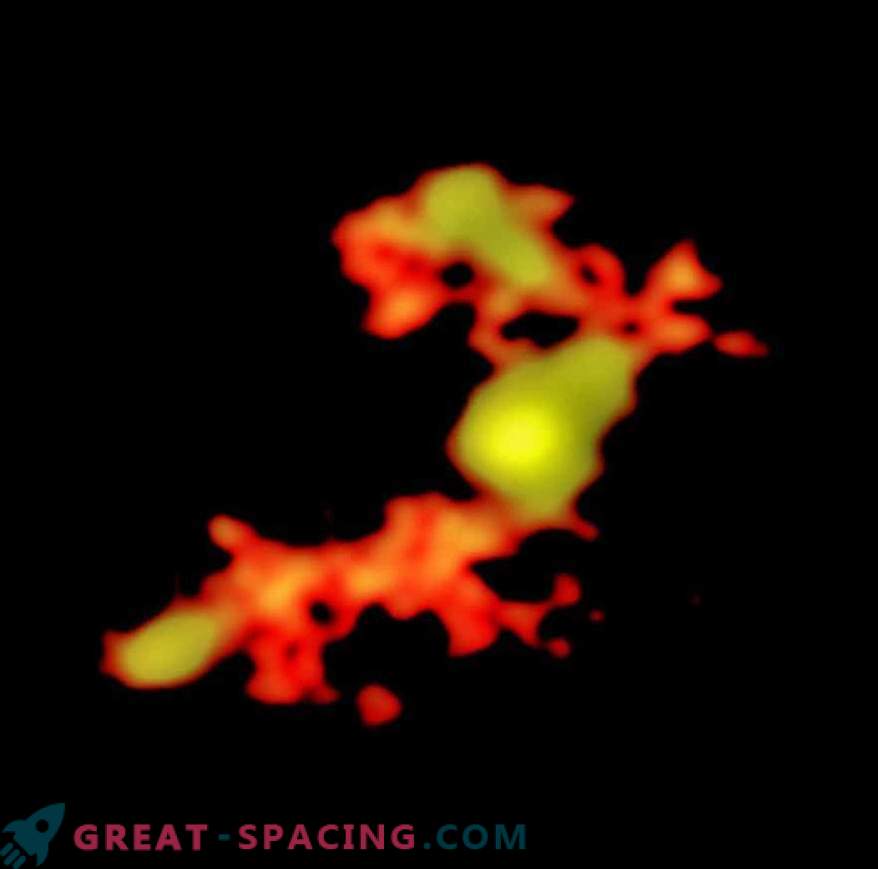
An image from the ALMA telescope (Chile) demonstrates the quasar WISE J224607.57-052635.0, using trans-galactic gas and dust jets to absorb three neighboring galaxies
WISE J224607.57-052635.0 also refers to the earliest known quasars that appeared just 1.3 billion years after the Big Bang (the birth of the Universe). The ALMA telescope (Chile) and the Extra Large Antenna Grid (New Mexico) were used for analysis.

The artistic vision of WISE J224607.57-052635.0 is the brightest known galaxy from 1/10 of the size of the Milky Way, but 10,000 times brighter.
Researchers have noticed three small galaxies associated with a quasar of carbon dust bridges. Only in quasar dust volume is 1.7 times the solar mass. Elements of dust are created and scattered around galaxies by nuclear reactions inside giant stars. That is, the gas observed around the quasar is associated with the birth of stars.
The researchers believe that the mergers between galaxies and smaller satellites not only supply the raw materials for the food of quasars, but also ensure the presence of a large amount of dust in order to hide it from observation. New data will explain the emergence of bright dusty galaxies in the early stage of cosmic history.

